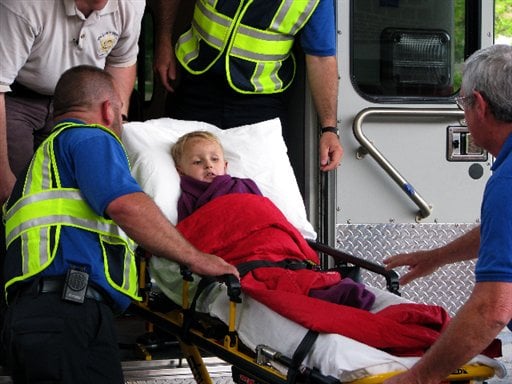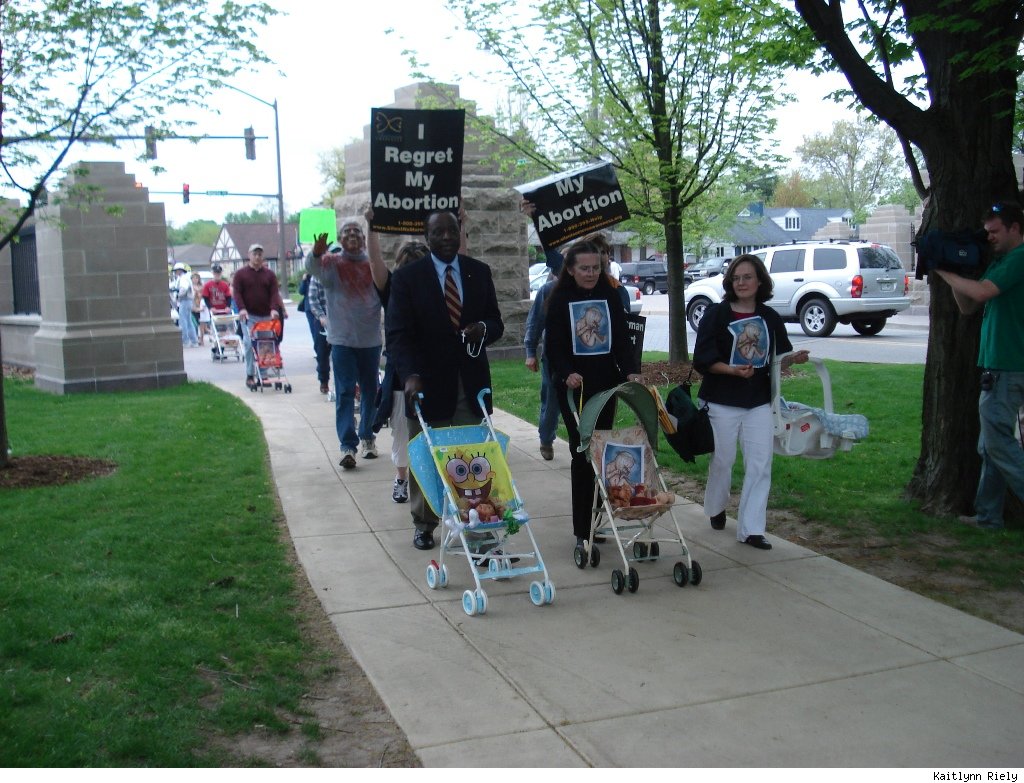 The tale of three-year-old Johua Childers, who was lost in the deep Missouri woods with wild things and no food or water for more than two days, riveted the public the way such stories do. As the parent of a similarly-aged kid, I was of course imagining myself in the situation of his parents–and not enjoying it. Fortunately, the boy is okay–he was still being treated Friday, but was well enough to stay in bed and eat baloney and, as ABC reports, to decline to go on “Good Morning America” because, as his father related, “it was too simple for him.”
The tale of three-year-old Johua Childers, who was lost in the deep Missouri woods with wild things and no food or water for more than two days, riveted the public the way such stories do. As the parent of a similarly-aged kid, I was of course imagining myself in the situation of his parents–and not enjoying it. Fortunately, the boy is okay–he was still being treated Friday, but was well enough to stay in bed and eat baloney and, as ABC reports, to decline to go on “Good Morning America” because, as his father related, “it was too simple for him.”
Joshua’s simplicity may also have helped save him. I haven’t tramped about the woods as much as I used to, but the most fascinating story I’ve yet seen related to Joshua’s journey is survival expert Ben Sherwood’s column in The Huff Post, Lost & Found: How a Three-Year-Old Survived 52 Hours in the Woods (and How You Can Too). It’s about the science of “lost person behavior,” but sounds a lot like the kind of lore that nobody has anymore:
Expert trackers say that an average person leaves behind two thousand clues for every mile he travels. Each step you take produces evidence — a footprint, a broken twig, a clump of mud, a twisted blade of grass. A team of well-trained searchers spaced ten feet apart usually can detect 95 percent of the useful clues. If they’re spaced fifty feet apart, they’ll discover 75 percent of the clues.
Ken Hill is the world’s foremost authority on the behavior of people who get lost. Hill is a child psychologist at St. Mary’s University in Halifax, Nova Scotia, a densely wooded place once known as the “lost person capital of the world.”
Hill says all you need to know about lost people is their age and their outdoor activity and you can calculate how far they’re likely to travel and where you should go looking. You don’t need a detailed personal history or psychological profile. You just need some basic information. “It is more important to realize that a known percentage of all lost persons is found within a one- or two-mile radius than it is to know how they got there,” he writes.
Hill has interviewed countless people who have gone missing in the woods. He’s looked into their wide eyes and listened to the trembling in their voices. “Fear is the enemy,” he says. “Fear activates the large muscles in the legs.” Lost people want to run. They also lose their heads and sometimes forget even to look in their own backpacks for food and water.
It turns out that no matter where you are in the world, lost people behave in the same way. Who you are determines how far you’re likely to wander.
Read the rest here for who is smartest in the woods (hint: young kids and old folks) and why you should stay put–and few do.

